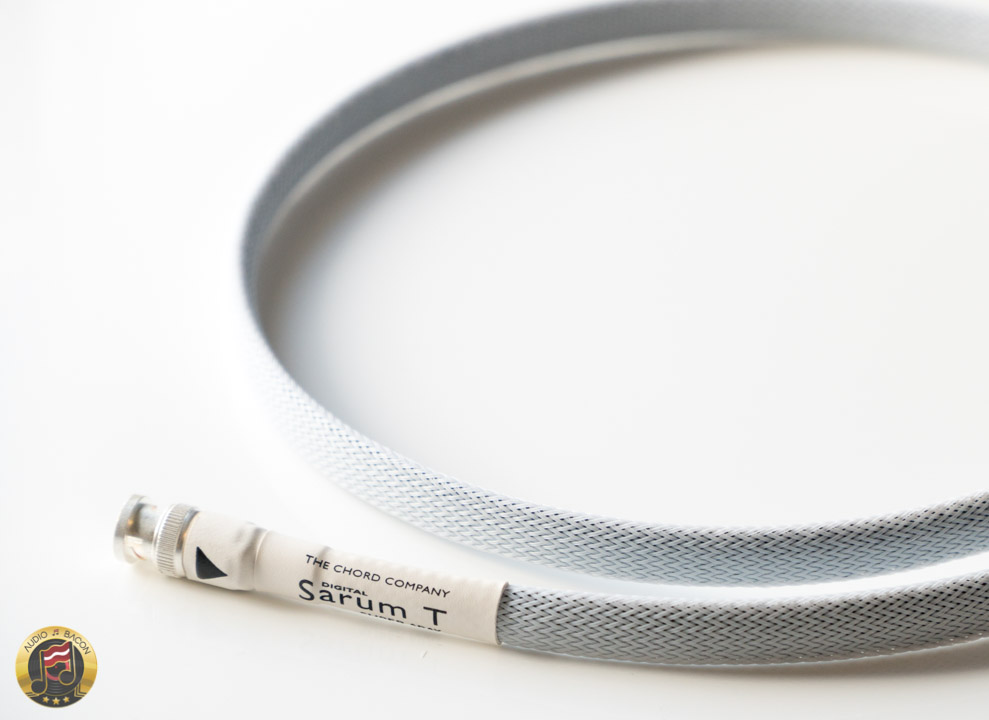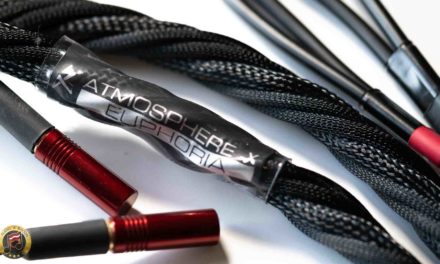Comparisons
Contents
Here are some comparisons to give you a better idea of where the Sarum T stands versus other popular digital BNC cables. Different characteristics will appeal to different ears. Pick the one that works for you.
Snake River Audio Boomslang Digital BNC ($595 each)
- The Boomslang is warmer, denser, and more wholesome.
- The Sarum has more bass definition but the Boomslang provides more heft and slam.
- The Boomslang trades some clarity, sparkle, and resolution for more soulful timbre.
- The Sarum T has far superior timing of reflective cues.
- The Sarum T is much quieter.
- The Boomslang has more bleeding in the musical flow while the Sarum T is ridiculously precise.
- The Sarum T is more “hyped” and clean while the Boomslang is more relaxed.
Wave High Fidelity STREAM ($655 each)
- The STREAM has a very natural presence – in both weight and tonal variations. Superb tonal balance across the entire spectrum.
- Both Sarum T and STREAM are very quiet and smooth.
- The STREAM is cozier and fuller with a more euphonic tone. The Sarum T is more crystalline and crisp.
- The STREAM has more palpability in contours (like 3D objects) while the Sarum T outlines and unravels the tiniest of textures.
- The STREAM has truer tone while the Sarum T presents more lifelike resolution.
- These two have completely different presentations. Some will prefer one over the other.
Ansuz Acoustics Digitalz C2 ($3,000 each)
- Closest to the Sarum T in both sound and price.
- The
Digitalz C2 has a calmer more liquid flow while the Sarum T is more raw and delineated. - The
Digitalz C2 is more neutrally toned while the Sarum T has more excitement and shine. - Both are free of any grain or harshness.
- Both are highly resolving and articulate cables.










I’m NOT an audiophile persè. However, I do like music reproduction from gear that I can afford. My speakers are DIY, all other gear are unmodified originally designed and only “tweaked” withers the usual spikes, cones and anti-vibrational materials. That being said, I do hear differences in quality cabling, be it power, speaker or interconnects. What I do not understand is a cable other than Toslink fiberoptic between transport and Dac, or Dac to amp/preamp. Why introduce a digital link that cans to carry the signal through a medium other than light? I’ve not ever read a comparison of optical links! If there is any loss of signal from this medium truly the word “negligible” applies here. All things having their own sonic signature are we not tailoring our playback by the coloration rather than purity of signal?
Well, even optical cables sound different. Try a Mapleshade vs a generic. Every cable will have some kind of color – no matter what. And that could be the difference between something you enjoy and something you think it’s good or OK. Digital interfaces are also very different. So even if the signal were pure, it’ll depend on the D/A implementation. For example, the optical input of the Denafrips Terminator sounds inferior to USB. Not to mention you can’t send DSD or 384/24 PCM signals.
I have a set of Sarum T XLR cables I am auditioning and I have to say they are absolutely stunning. I am just gutted because they are so God damn expensive but they really are very, very good. Chord unfortunately charge a pretty penny, like Audioquest and have to maintain their marketing costs somehow which always turns my stomach and has me looking elsewhere but as much as it annoys me to say it, I am a tad smitten with these cables. I want to demo some Habst so I’m hoping these will impress me just as much and for a considerably more palatable price